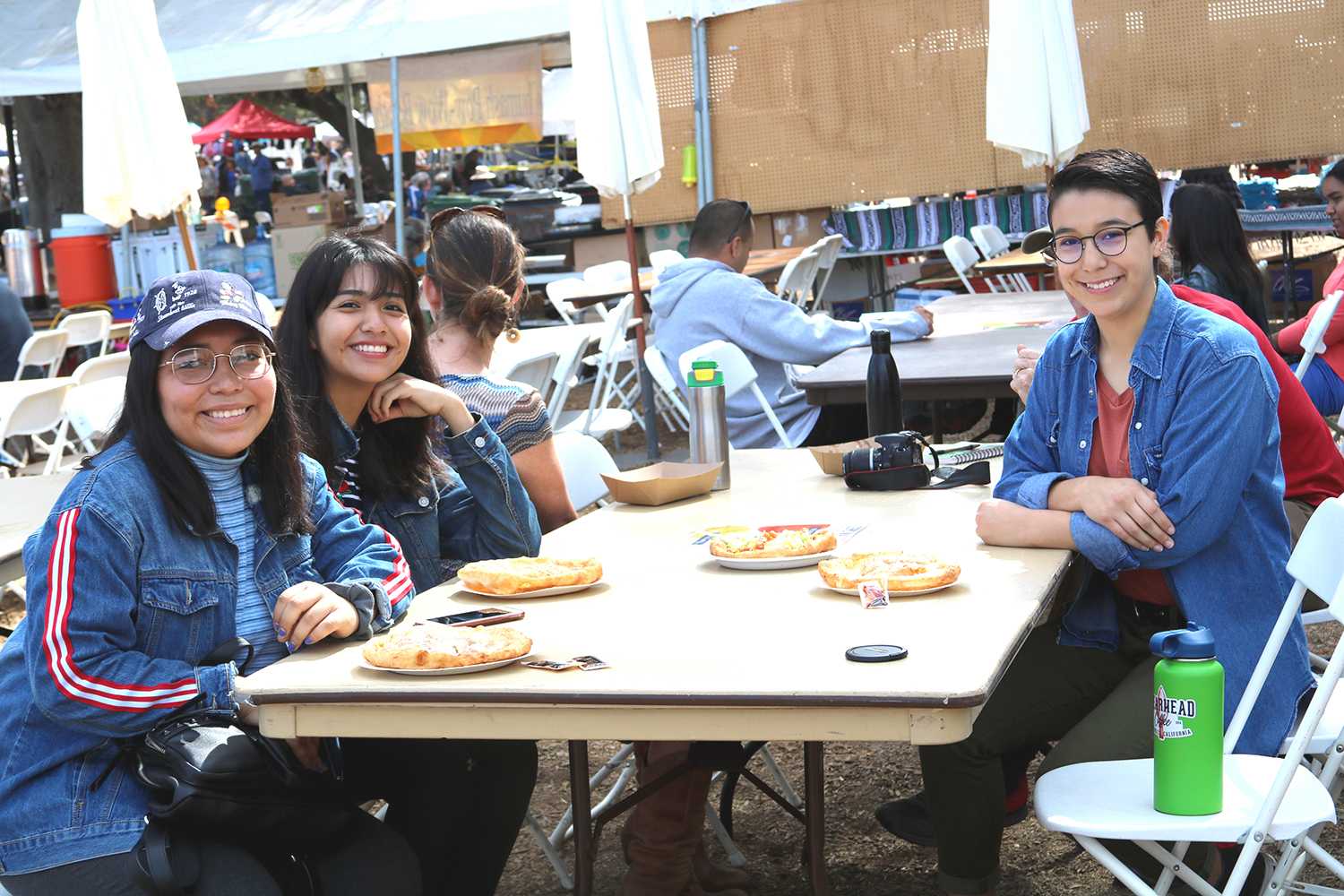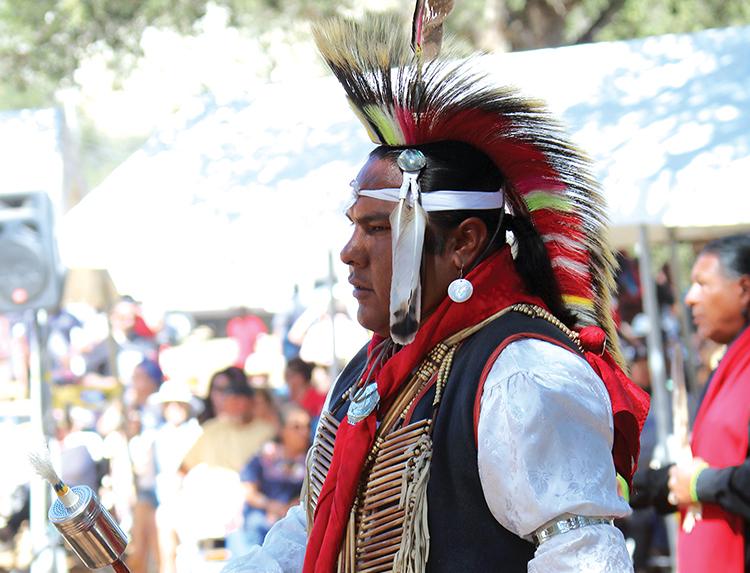Oral history course sets eyes on Walmart parking lot
The dusty Live Oak campgrounds on the outskirts of Santa Barbara were filled with smells of freshly baked fry bread and the sounds of traditional native drummers as dancers bounced along in ritual gourd dances on the weekend of Oct. 6-7, 2018.
The 23rd Annual Inter-tribal Pow Wow—sponsored by the Santa Ynez Chumash Indians—was attended by ethnic study students Leslie Ramirez (11) , Ivanna Garcia (11) and Alayna Hernandez (10) and social study teachers Geoffrey Land, Angela Logan and Seth Draine to kick off their year long after-school course.
The course goal is to ”…research the Indigenous History of Paso Robles, focusing on the village and burial site at what is now the Walmart shopping complex.”
In 1993, Walmart had plans to build a large scale mall complex on top of an indigenous Chumash/Salinan settlement site, located in the current parking lot and dating back at least 5,000 years. To make the shopping complex easily visible from the highway, the developers wanted to bulldoze the burial site. Chumash Indian spiritual leader Pilulaw Khus advocated for its preservation, as she believed the mound was rich with her ancestors and their culture. Archaeologists in 1978 determined evidence of the settlement and documented its significance as it was a border between the Northern Chuman and Salinan natives. After taking the issue to court, a compromise was made between the mall planners and native leaders.

An LA Times article incorrectly detailed that ”the knoll above the Salinas River where Indians lived for thousands of years will be preserved intact, encircled by the mall parking lot, and marked by an oak tree and a simple historical plaque.”
Twenty-five years later, the only indication of the ancient burial site is the 1 1/2-acre knoll in the middle of the Walmart Parking Lot area. No markers, oak tree, or historical plaque mark the location.
Logan, Land, and Draine hope to change that through student activities and education using their Field Studies Collaborative Oral History Course.
“I grew up hearing about the haunted burial ground. I want to tell its story,” Hernandez said.
In the upcoming months, the seven students selected for the course plan to work with City of Paso Robles leaders and the Cal Poly Ethnic Studies Department, “…to create a process and product that respects and documents the importance of the Paso Robles site in a meaningful manner.”







